Oysterville is a quaint village just 15 miles north of Long Beach in Washington State. It has an enchanting setting on Willapa Bay on the far northern end of the Long Beach Peninsula.
Oysterville was founded in 1854. It soon became a boomtown, propelled by a flourishing oyster industry on Willapa Bay that meet huge demand in the lucrative San Francisco market. There were two saloons, a school, newspaper and church. However, unfortunately by the late 1880s the oyster supply had been depleted, and a much promised railway never made it to Oysterville.
What remains today is a tiny community of just 20 people, but many of the original homes and cottages still remain along it's charming country roads. An 80-acre section of this community was added to the National Register of Historic Places in 1976.
There are very few amenities here, including a post office, Oysterville Sea Farms, and the Oysterville School House and Oysterville Church used for community events.
5 best things to do in Oysterville
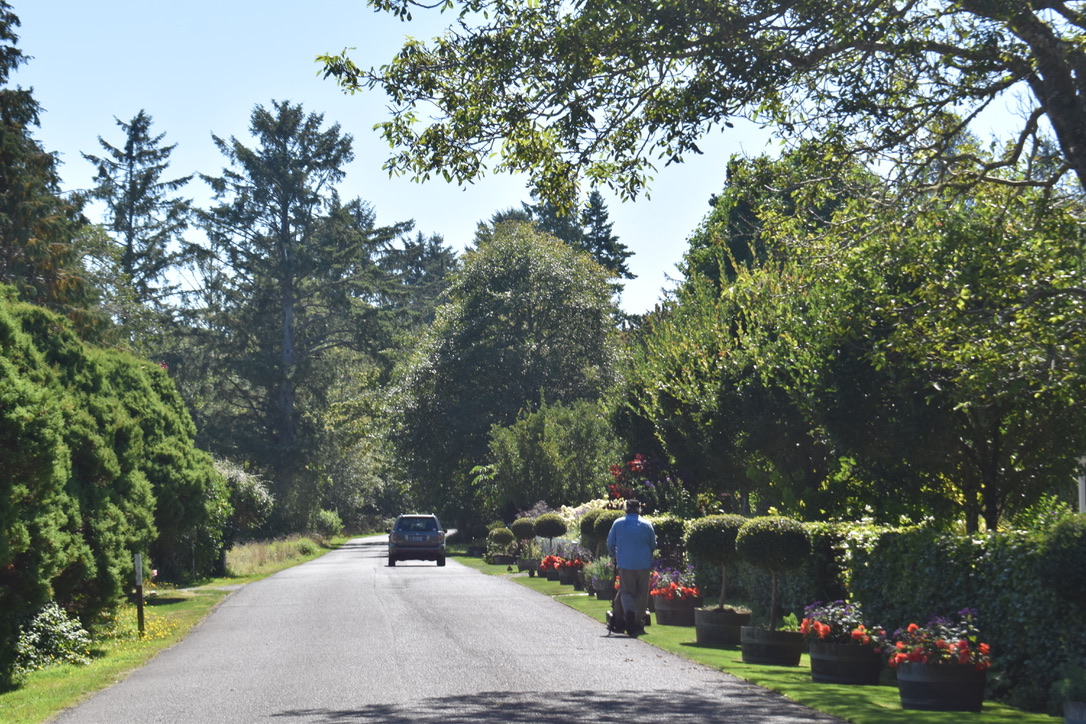
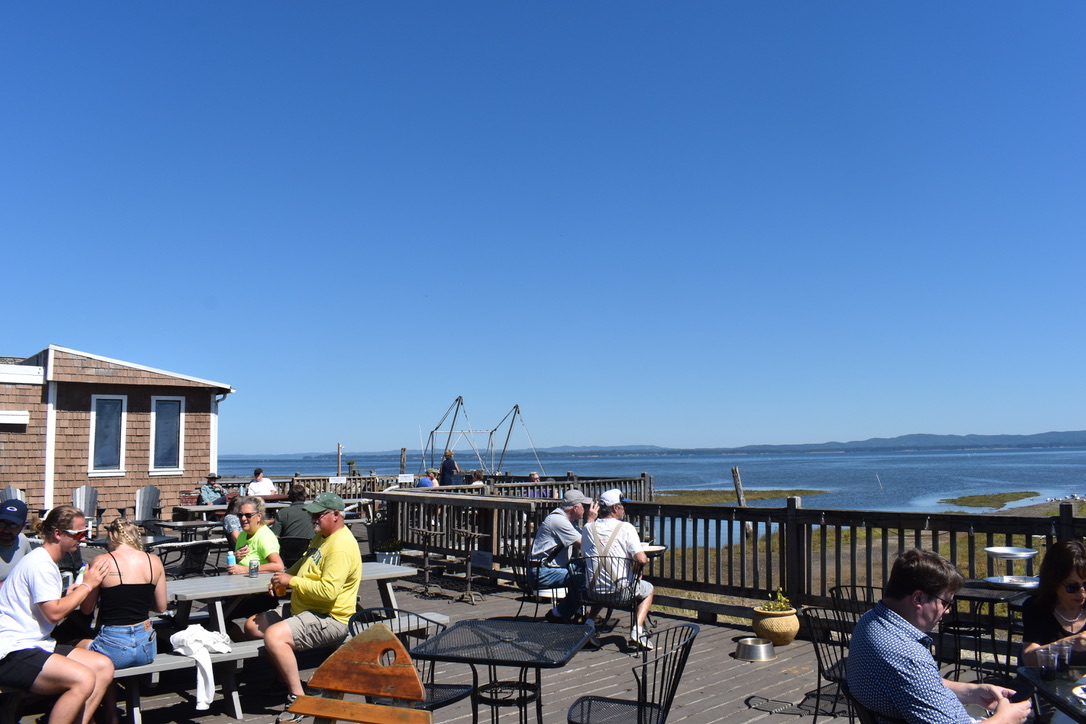
The oysters are harvested daily from 200-acres of tideland owned by the farm. There's also an indoor seating area for cooler days.
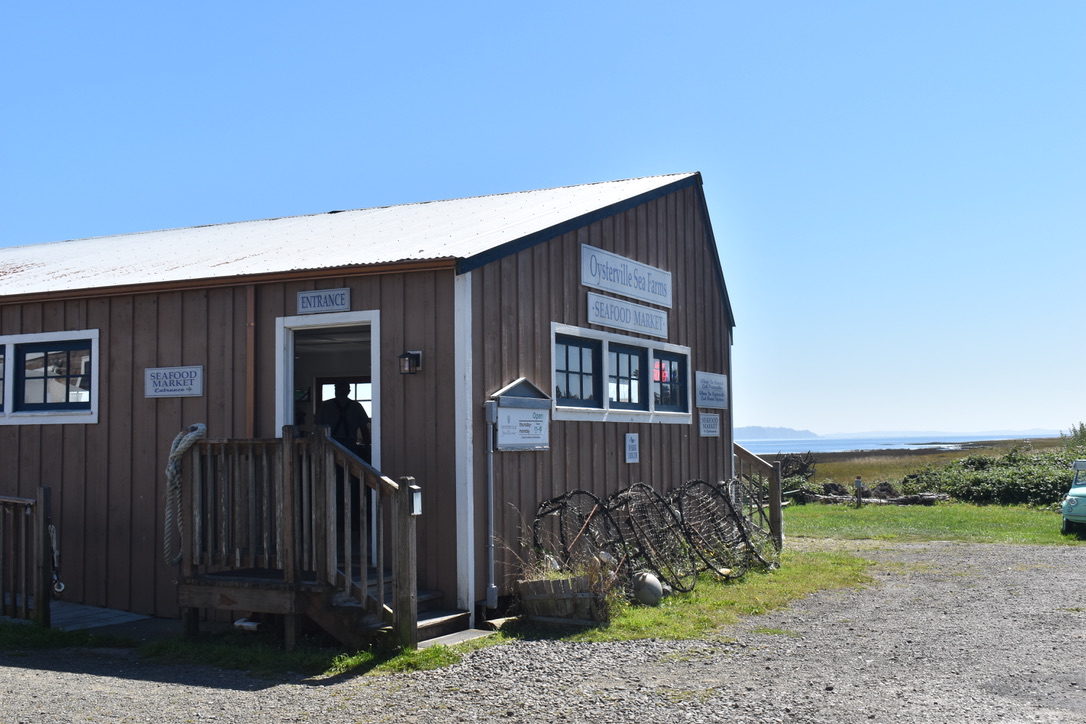
Step inside the seafood market to purchase goodies like fresh oysters, clams, and crabs, and books, jellies, sauces, spices and so much more!
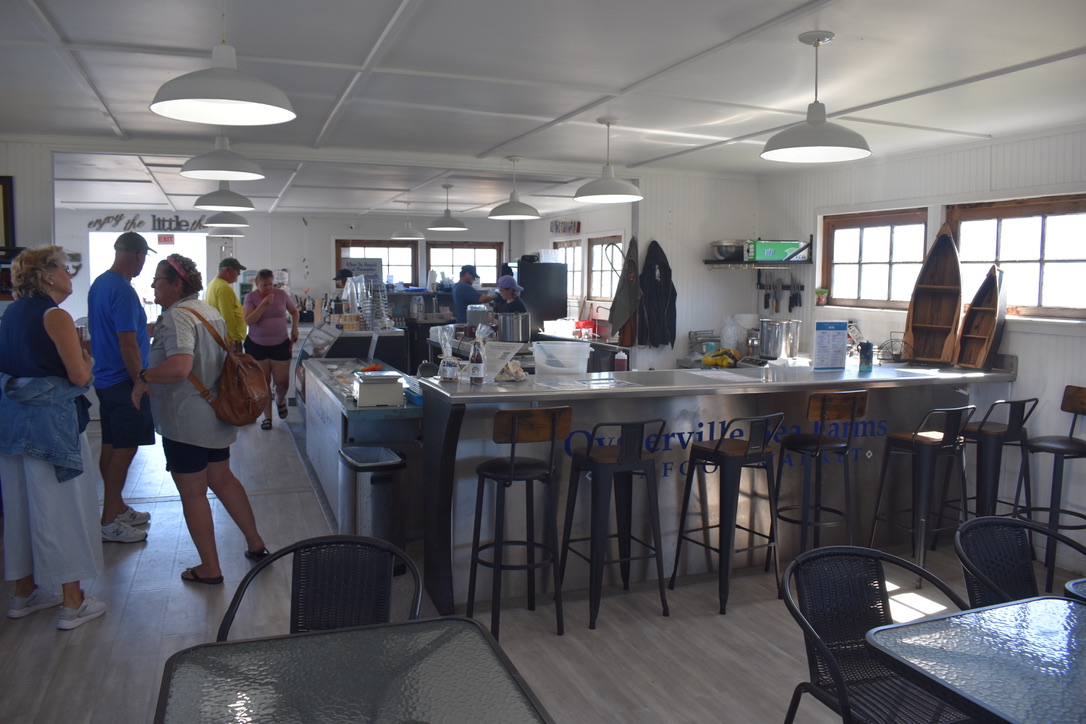
Order inside, then take a seat outside on the deck.

The views across Willapa Bay and the tidelands are simply stunning.
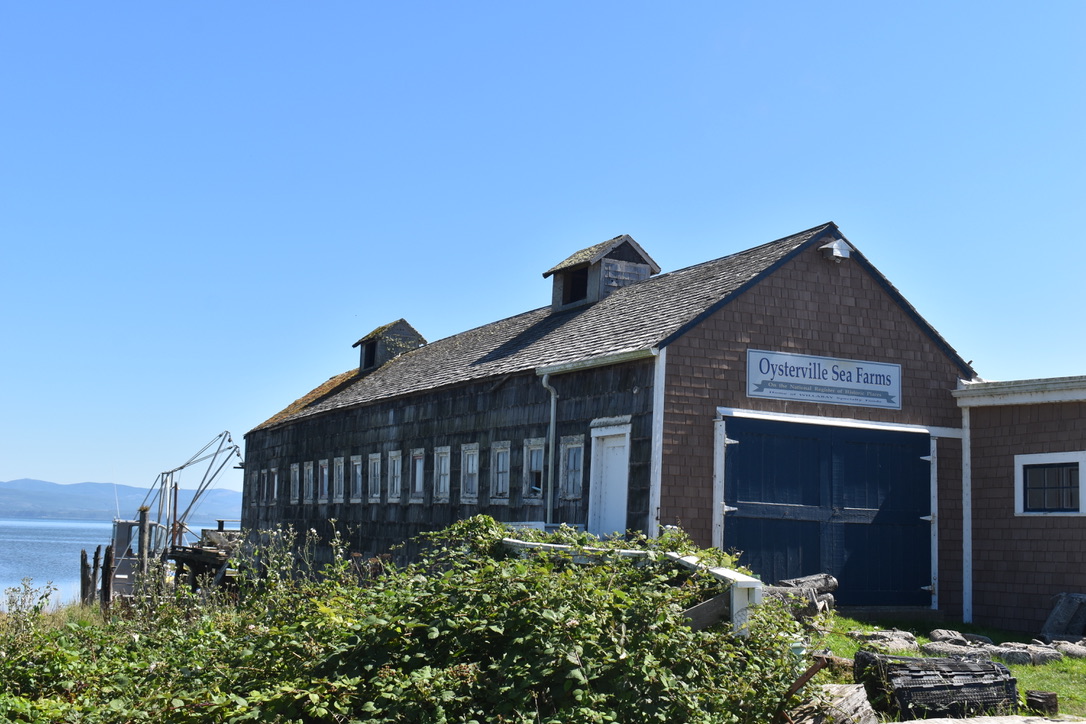
The original Oysterville Sea Farms Cannery is adjacent to the Seafood Market, erected in 1940. It was built for the Northern Oyster Company, founded in 1939.
2. Explore the Oysterville Church.
The Oysterville Church was constructed in 1892, and is open year-round. Visitors can step inside to explore the restored church, with the original pews, pot belly stove, and pulpit. It's now primarily utilized for community events, and is also available for rent. Vespers services are also held here each Sunday over summer, but there have been no consistent religious services since the 1930s.
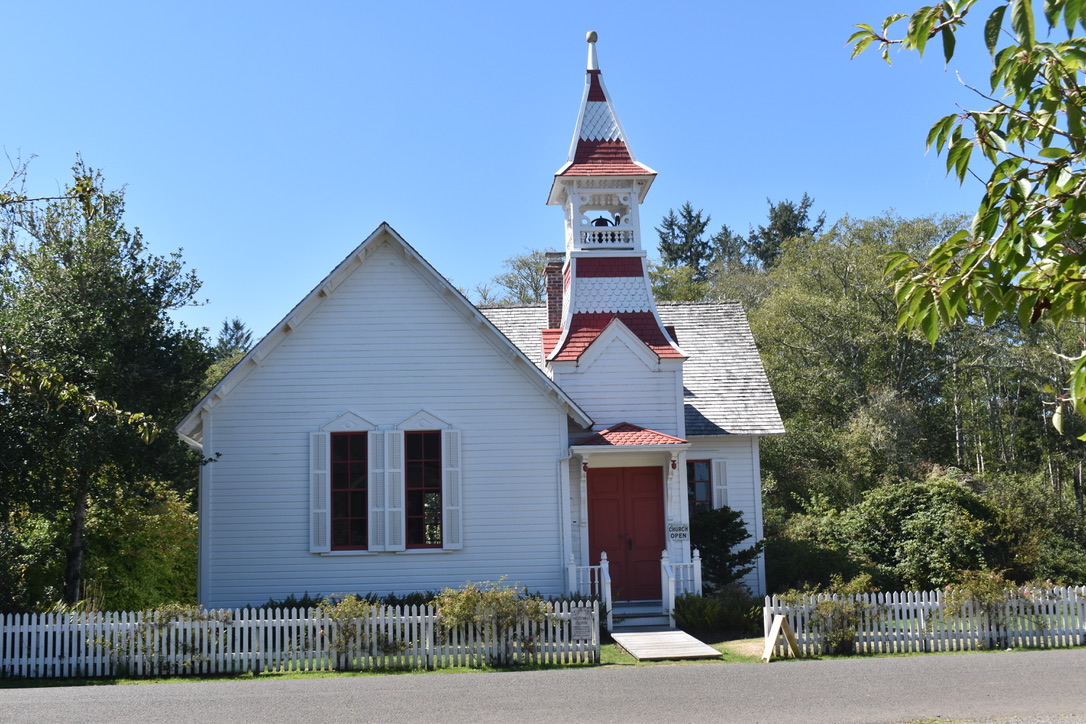
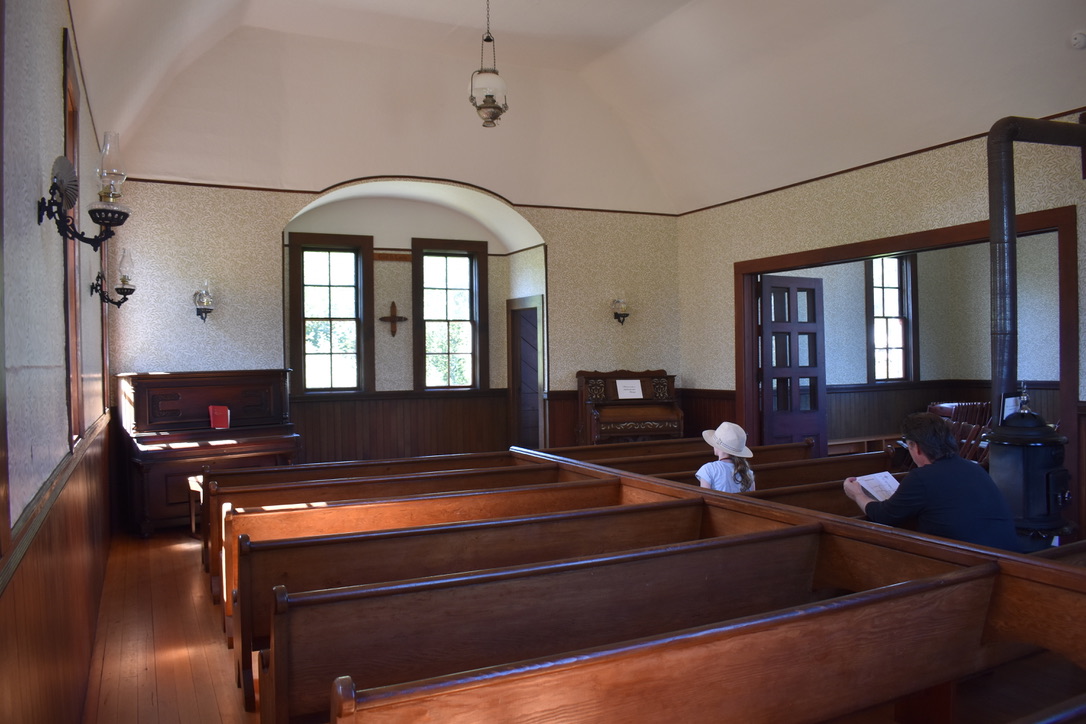
3. Visit the Oysterville Schoolhouse.
The third and final Oysterville Schoolhouse was constructed in 1907 and functioned as a school until 1957. The first school was a little, red schoolhouse shipped from California in 1864. A second, two-story school was constructed in 1874, but burned down in 1905. The Oysterville Schoolhouse is now used for a variety of different public events and wedding rentals.
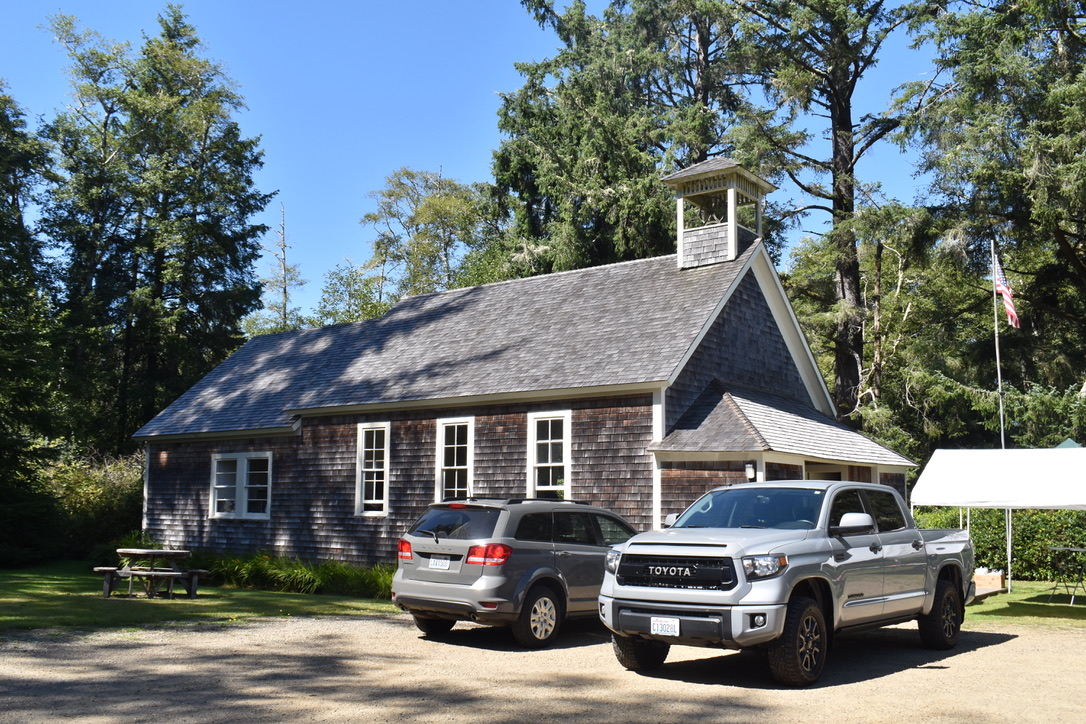
4. Do a self guided Oysterville Walking Tour.
Pick up a free map at the Oysterville Church, and explore the charming laneways full of lovely cottages and homes built in the 1860s and 1870s. The Walking Tour primarily covers off dwellings along Territory Road and Oysterville Road.
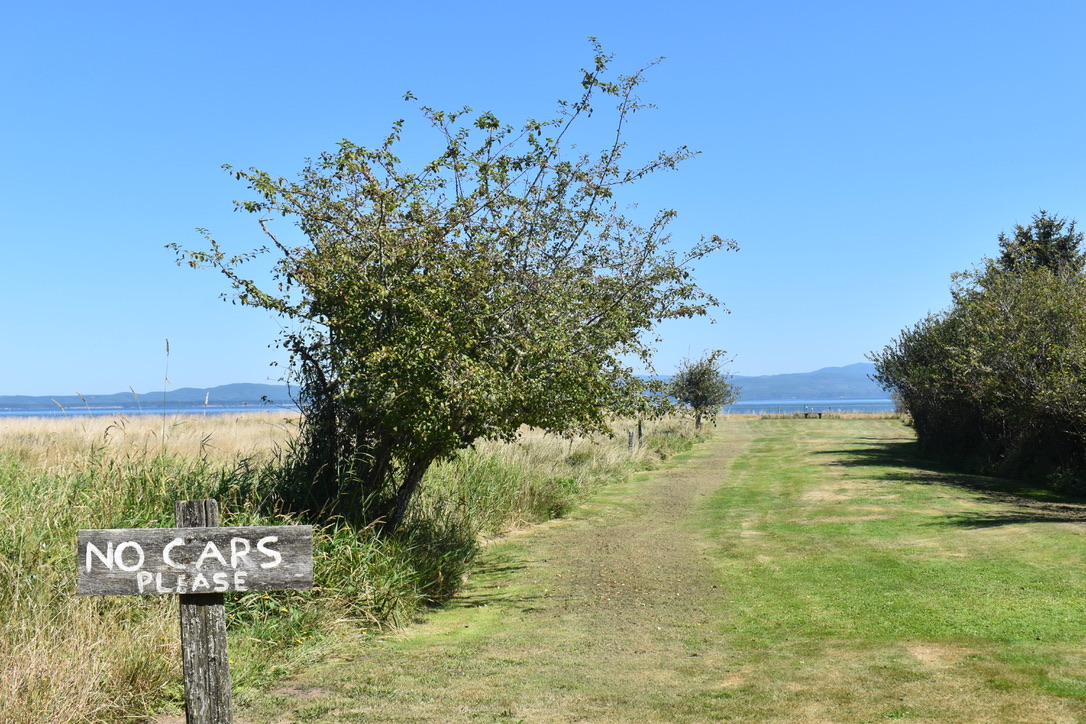
The homes along Territory Road have expansive views out to Willapa Bay.
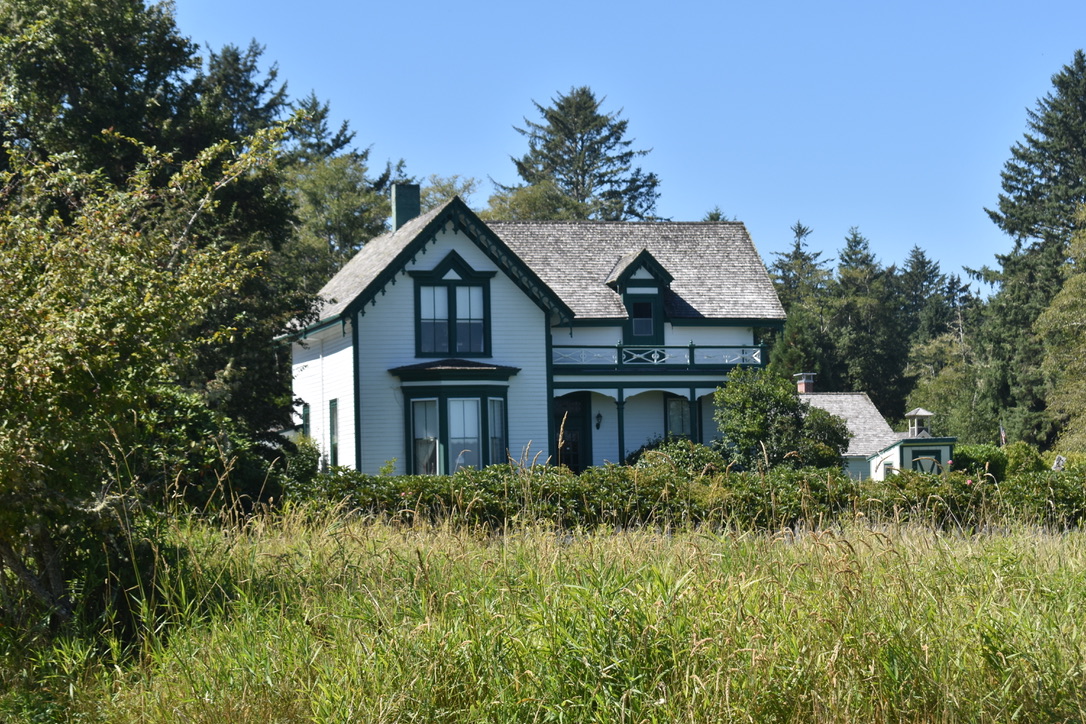
The Tom Crellin house (1869) was constructed on a land grant authorized by Abraham Lincoln, and has a striking, gingerbread facade that faces Willapa Bay. It was later sold to H.A. Espy in 1902 to use as a parsonage for the church, and three generations of Espys have since lived in this house.
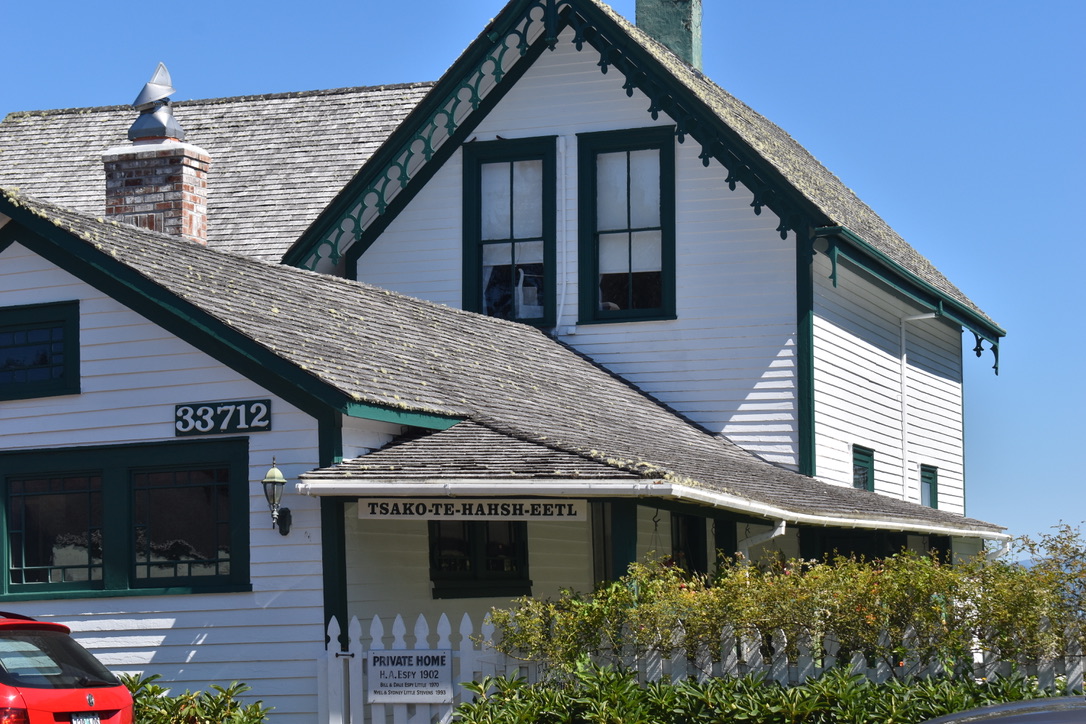
The Tom Crellin house features a Native American inscription above the front gate.
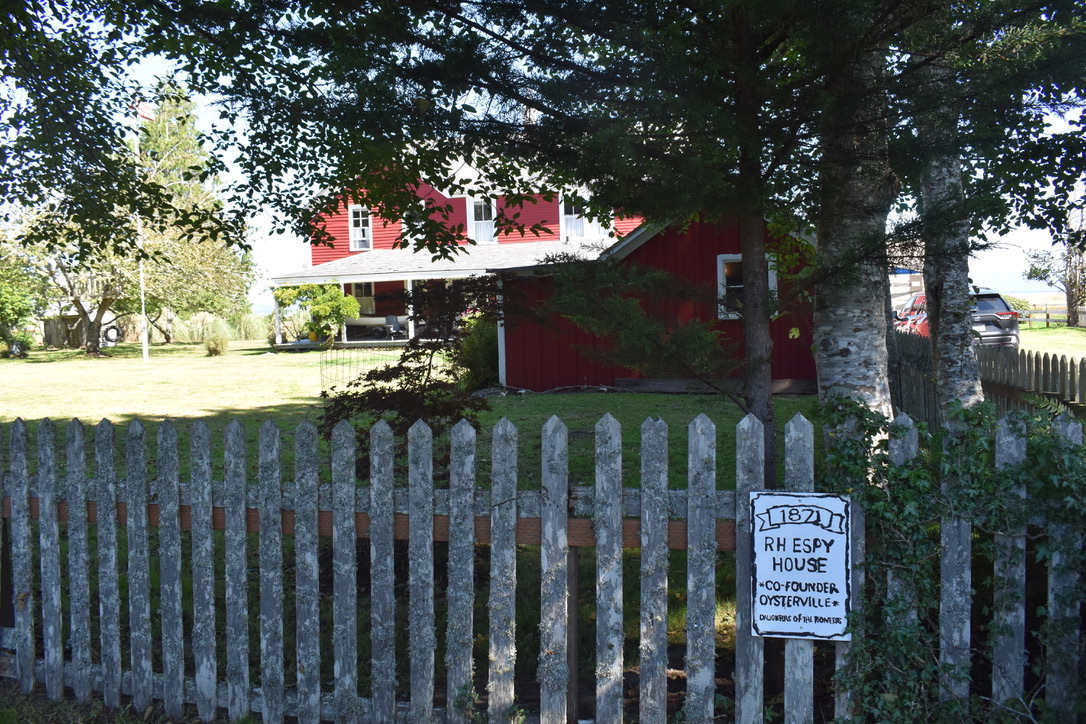
The RH Espy house (1871) was built for one of the co-founders of Oysterville. This T-shaped, red farmhouse was made from redwood.
The I.A. Clark Claim was established in 1865, and a cabin was built in 1920.
The Captain A.T Stream house (1869) still stands with a modern addition. Captain Stream emigrated from Norway, and was considered a hero of the Life Saving Service.
The John Crellin house (1867) was the site of the Heckes Inn from 1921-1943, that only operated during summertime.
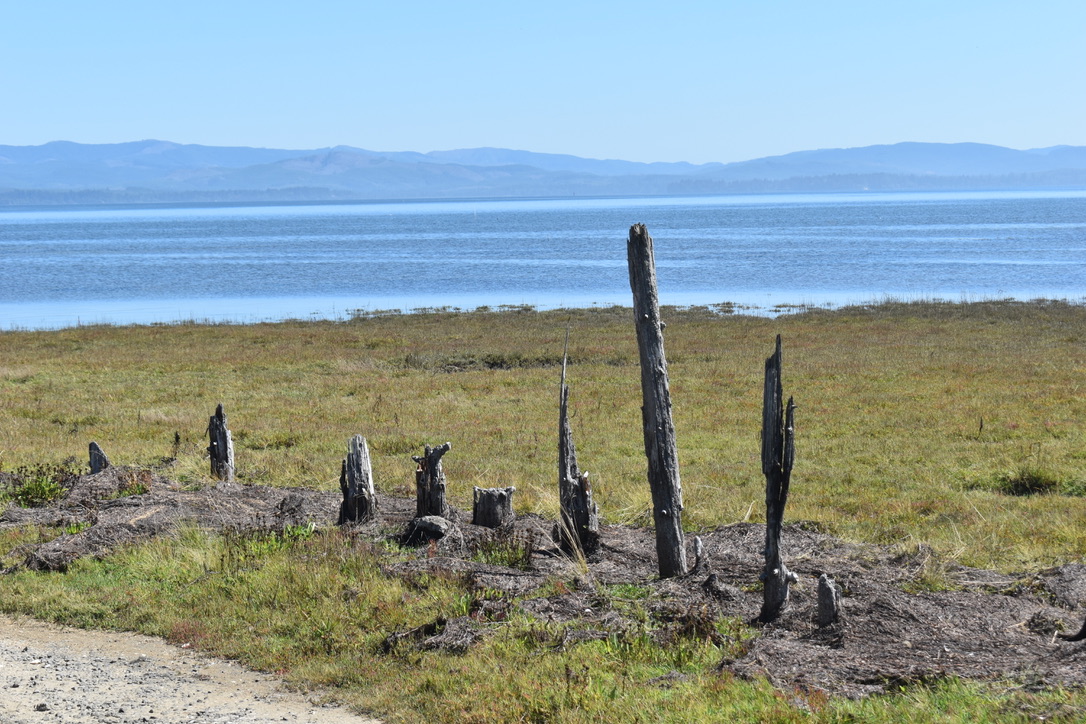
5. Visit the Oysterville Cemetery.
The peaceful 2-acre Oysterville Cemetry is a short distance out of town, and features gravesites from many of the founding families.
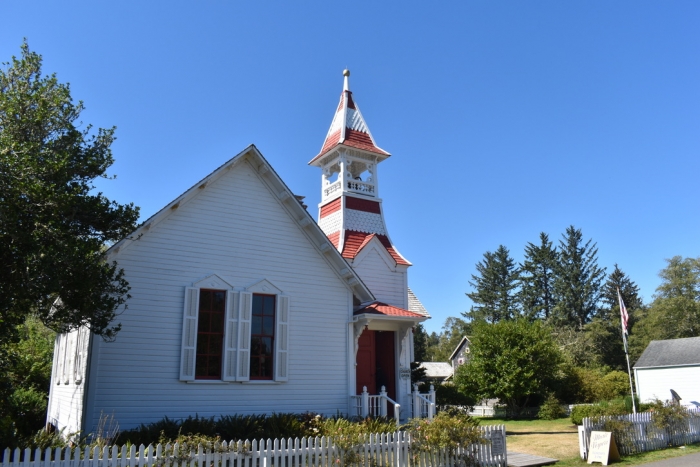
Review this attraction